(This is in relation to my ongoing Online Wayfinding System project.)
Listening to the user
This week I conducted a survey. The main thing I wanted to learn about is whether users feel overwhelmed about their open tabs. Specifically, how many open tabs they often have open, what is the rough age of the oldest tab, and whether they do remember what brought them to each tab.
While most people had (unsurprisingly) more than 15 tabs, most of their tabs fell in the range 2 to 7 days old. I was expecting them to be older, but it is understandable as the respondents were ITP people, and we all go through our one-week cycles of homework.
Another important thing to note is that, typically, more than half of the tabs open are for regularly visited websites (e.g. email and social media). To me, this means that those belong to another category than “sessions.” They are static points that are always there and always open.
The above is a surprising finding to me, as most people indicated that they do remember the “reason” behind their open tabs. I think I was asking the wrong question, as yes, the reason (or more like the context, as in “my ICM assignment”) is easy to recall. But what about the process of navigation, the detours, and the progression of research?
Listening to the user’s interaction
I’ve been also working on “listening” to the user’s interaction with: 1) his tabs, and 2) the links he clicks. I use the term “listening” in its most technical sense, as in writing the code that listens to events and register them. I am, at the moment, able to detect when a new tab is opened, or when a tab’s url has changed. This data is used to instantiate nodes in the underlying graph data structure.
Listening to the data
Another thing I’ve been also experimenting with is the idea of grabbing more “meta” information about the content category of each visited website. I found an API that provides such information, but I am yet to try it out in action. (There is also the matter of the rate limitation, as there is a paid fee that incurs above a certain threshold.)
An interesting aside is a book I’ve been reading (more like randomly picking up and looking through). The book is called Elements of Spacemaking. It is about the elements that make up manmade spaces, and what it all means. For example, windows are not only a way to ventilate and let light in, they are also a medium of communication. Walls are there to guide movement; they are not only vertical surfaces.
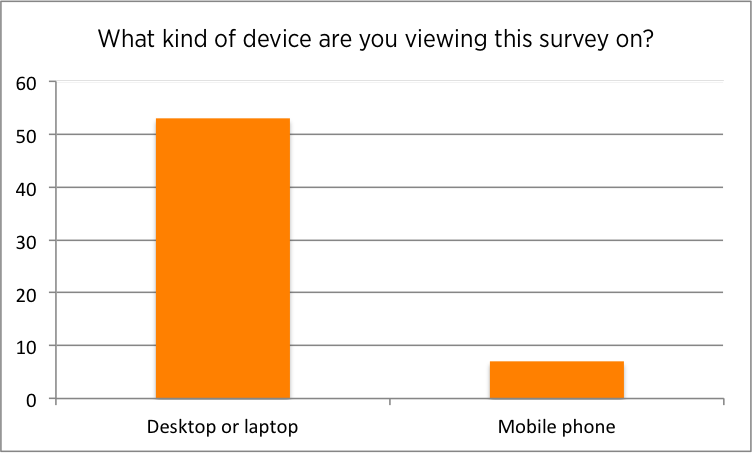
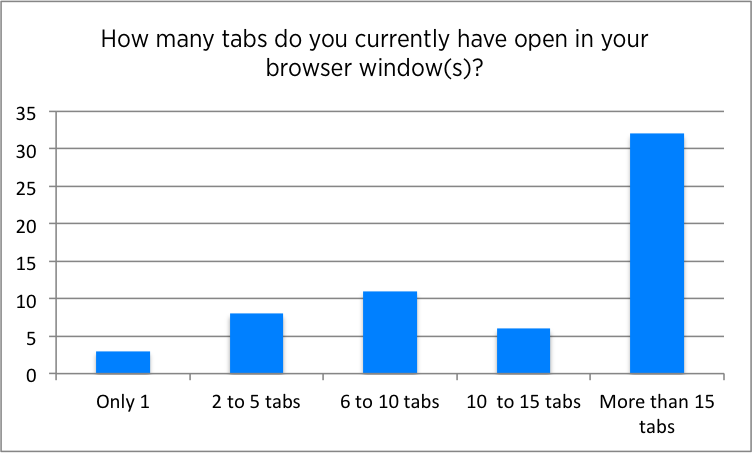
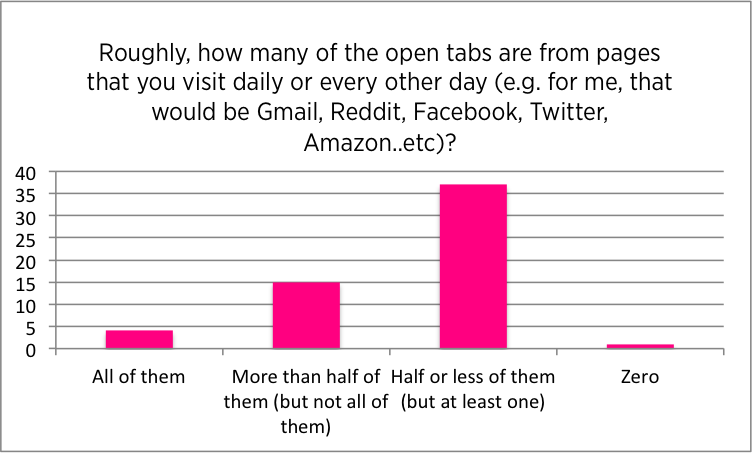
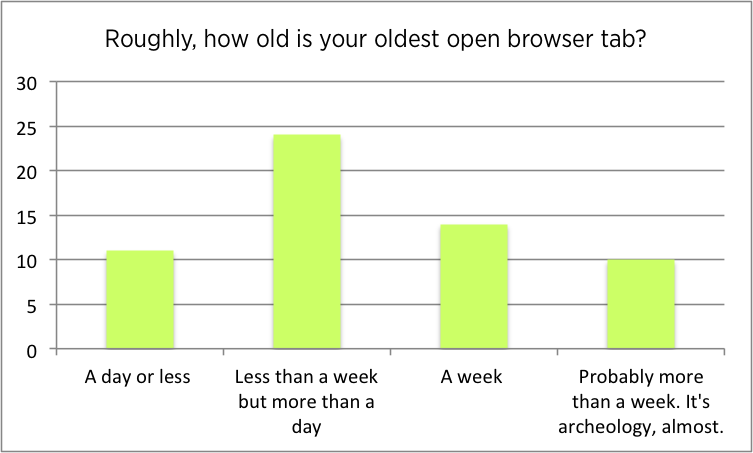

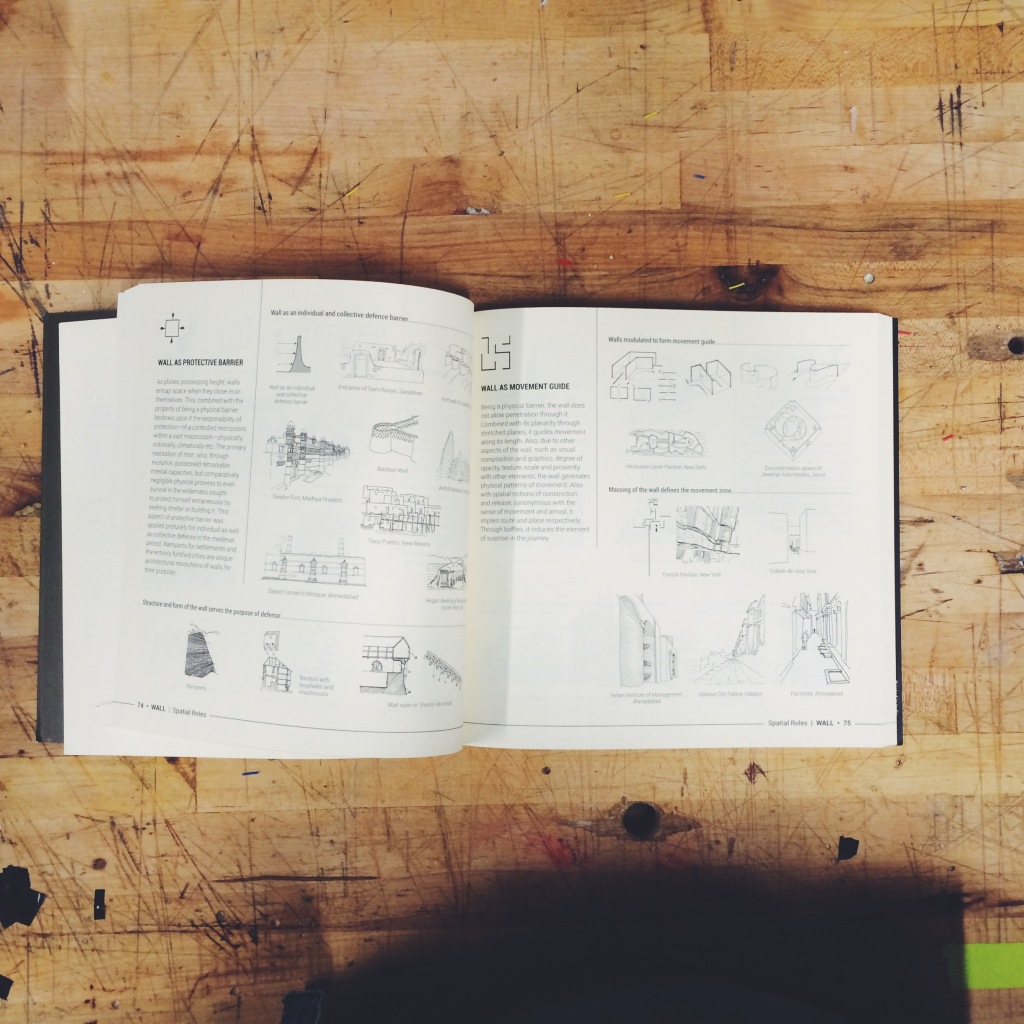
Leave a Reply